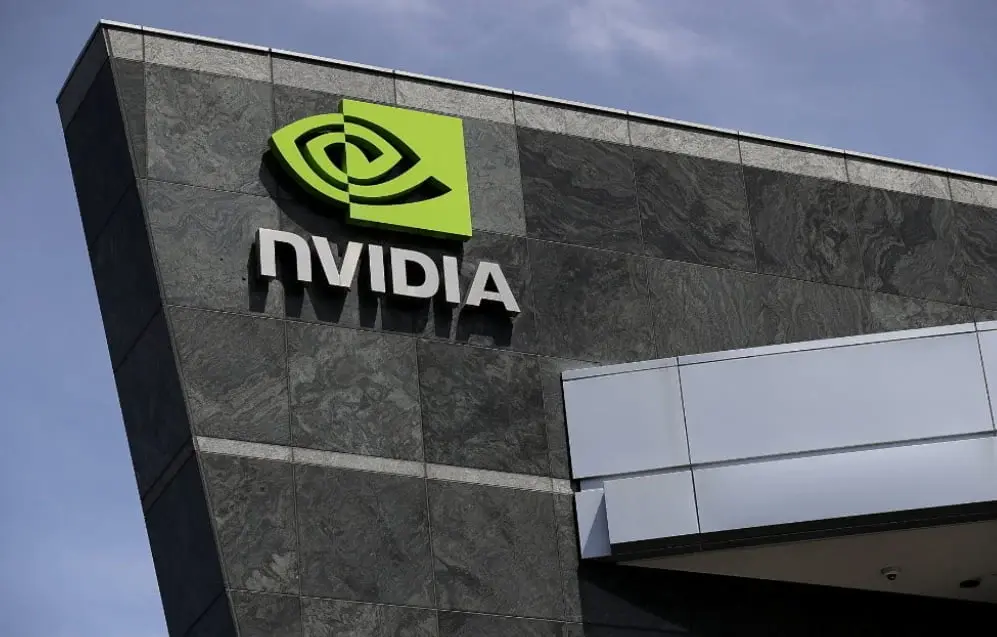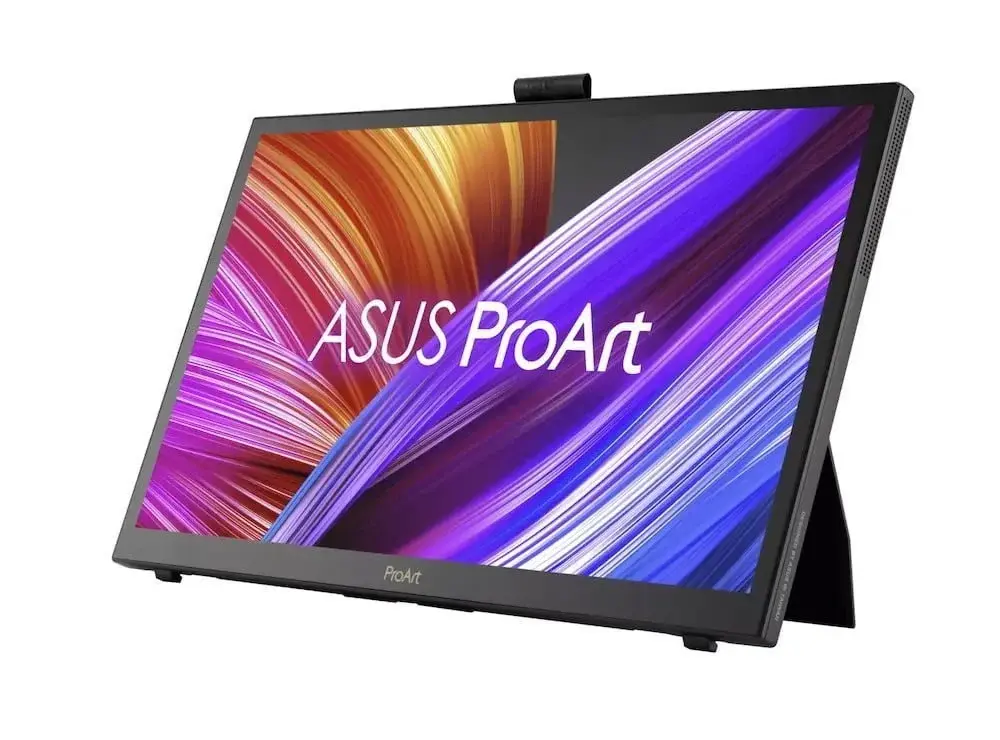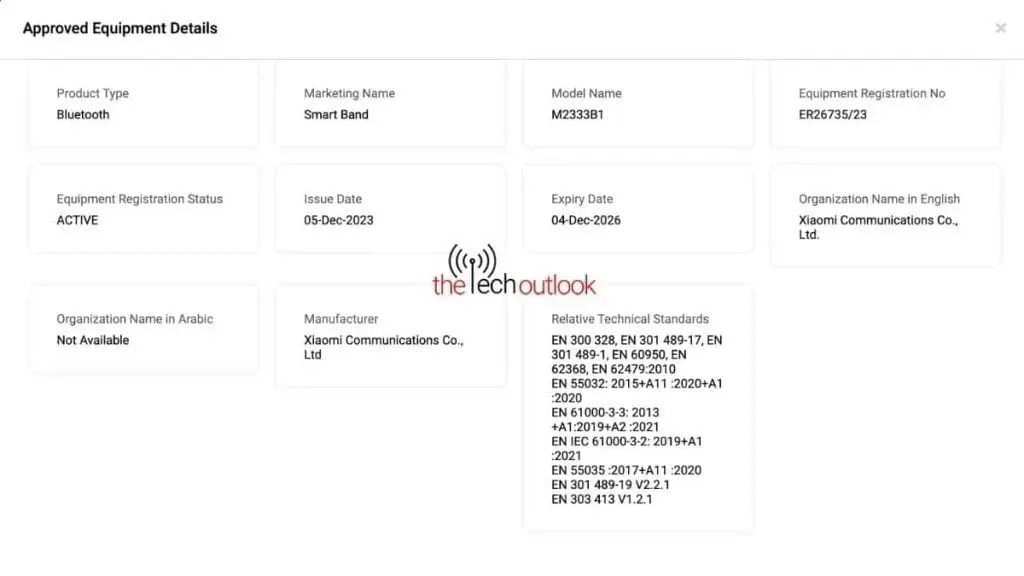AI Translation Boosts Global Popularity of China’s Web Novel Industry by 40%
The global appeal of China’s web novel industry is on the rise, thanks to advancements in AI translation. China Literature, supported by Tencent, revealed in a recent report that overseas sales surged by an impressive 40% in 2022, totaling a substantial 4.06 billion yuan (equivalent to around $572 million). This significant growth is primarily due to the transformative impact of generative AI technologies, which have streamlined the translation process and made Chinese web novels more accessible to readers worldwide.
Enhanced Translation Efficiency through AI Tools
Previously, translating web novels into various languages was a cumbersome and time-intensive endeavor. Nonetheless, with the introduction of AI-powered tools, this process has become notably faster and more effective. Generative AI has expanded the reach of Chinese content to more than 40 countries and regions, with translations available in over 20 languages. Presented at the second Shanghai International Online Literature Week, the report emphasizes the crucial role of AI in broadening the global readership of Chinese online literature.
Varied Perspectives on AI Translations
Despite the progress in AI translation, the quality of these translations has elicited mixed reactions. Some readers have raised concerns about the subpar grammar and readability of the translated material. While AI has undeniably accelerated the translation process and improved accessibility to these novels, there remains a need for enhancements in quality. Nevertheless, many readers acknowledge the positive trajectory and recognize the strides made over time, particularly in rendering these captivating narratives in multiple languages.
Embracing AI Translation Technology to Elevate Standards
In response to quality issues in translation, China Literature is proactively investing in AI translation technology. The objective is to further elevate translation quality and broaden the scope by translating more works into languages like English, Spanish, Portuguese, and others. This strategic move aligns with the company’s observation that the majority of WebNovel’s readers are from Gen-Z, a demographic characterized by diversity and a global mindset. With ongoing technological advancements, AI is poised to assume an even more pivotal role in bridging cultural and linguistic gaps in the literary realm.










